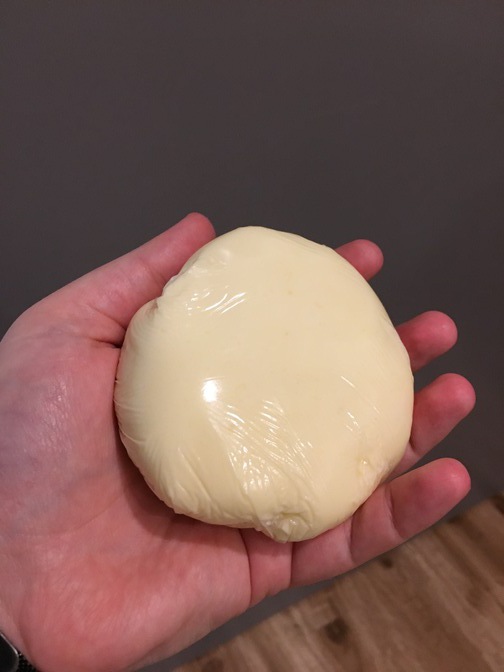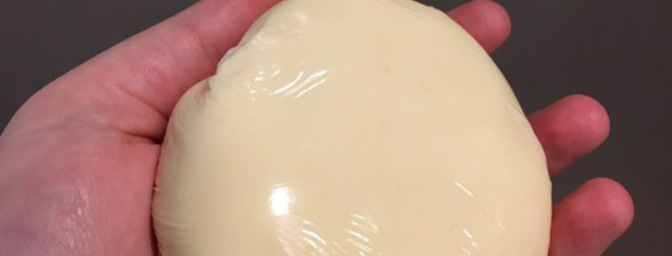
Cultured Butter
- Total Time
- 2½ days
- Active Time
- 1 hour
Ingredients
- 1 pt heavy cream
- 2-3 Tbsp buttermilk
Notes
Don’t be dissuaded by the time here—it’s rather easy to make your own butter. The first time you make it, you can use any cultured buttermilk from the store. Don’t try to subsitute milk and vinegar or lemon juice for it here. You need the bacterial culture to develop in the cream.
Once you’ve made this once, you’ll wind up with a fair amount of homemade buttermilk left over. Save a little bit of it for your next batch, and use the rest for pancakes or fried chicken.
Directions
- Combine the cream and buttermilk in a glass jar, leaving a bit of headroom. Mix thoroughly, then clean off the rim of the jar. Cover with a few layers of cheesecloth or muslin and secure with a rubber band.
- Leave the jar at room temperature for about two days.
- What you have now is creme fraiche. You can stop here, seal the jar and refrigerate it until chilled, and enjoy as is. But! If you’d like to make butter, continue onward.
- Place the creme fraiche in the bowl of a stand mixer fitted with the paddle attachement. Start stirring the creme fraiche, then increase the speed bit by bit until you hit medium speed. Continue beating: eventually the emulsion will break and you’ll be left with a lumpy, soupy mess. Keep beating just a little bit past this point until the lumps start to come together into a few large chunks of butter.
- Strain off the liquid. That liquid is buttermilk, so you should save it in the fridge for use with your next batch.
- Prepare a large bowl of ice water and a smaller bowl with the butter solids, then:
- Spoon a few tablespoons of the ice water into the bowl with the butter.
- Knead the butter with a silicone spatula until the water gets cloudy. If the butter is chilled enough that it’s hard to knead witha spatula, use your hand.
- Pour off the water, then repeat this process until the water comes out clear. This process removes residual buttermilk from the butter, which will help it keep significantly longer.
- Pat the butter dry and wrap it tightly in plastic wrap. Keep in the refrigerator.
